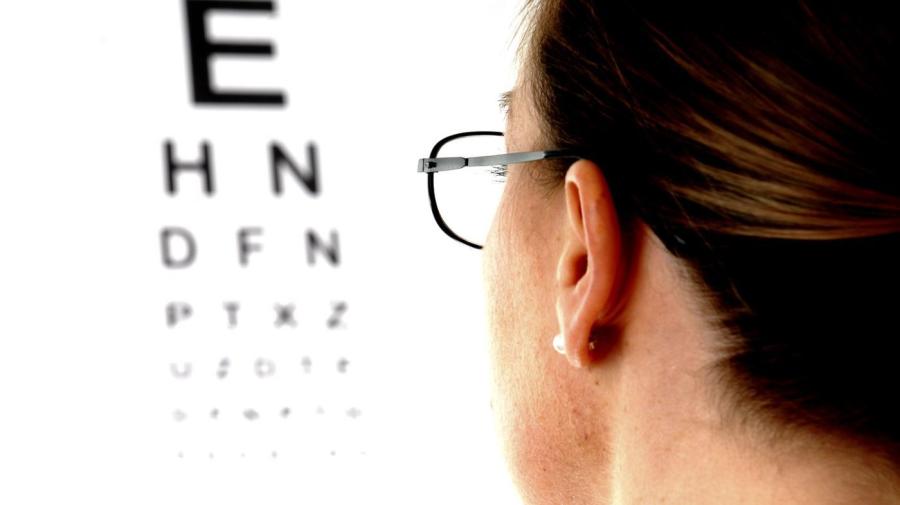Is 20/80 Vision Bad?

Visual acuity of 20/80 is not “bad” enough for a patient to be legally blind, according to the Social Security Administration. Patients with 20/80 vision may need eyeglasses or contact lenses to aid with the visual acuity needed to accomplish basic tasks such as writing a check or reading the newspaper, states the Emory Eye Center.
The Social Security Act defines an individual as having statutory blindness with a corrected vision of 20/200 or less. Since the Snellen acuity chart, best known as the eye chart with the large “E” at the top, has no lines between 20/100 and 20/200, Social Security categorizes anyone unable to recognize any letters on the 20/100 line as statutorily blind.
With 20/80 vision, patients are able to see objects at 20 feet away that those with normal or 20/20 vision can see from a distance of 80 feet. The Snellen acuity chart measures a patient’s visual acuity, but does not reveal why he is having difficulty seeing. Doctors work with the patient to make this discovery and make the appropriate corrections, according to Ophthalmic Technician.
According to the American Medical Society, all but three states require an individual to have vision corrected to at least 20/40 in the better eye to drive a car. Drivers who require corrective lenses to meet these guidelines have restricted licenses. Federal guidelines for commercial drivers are even stricter than those for non-commercial drivers.





